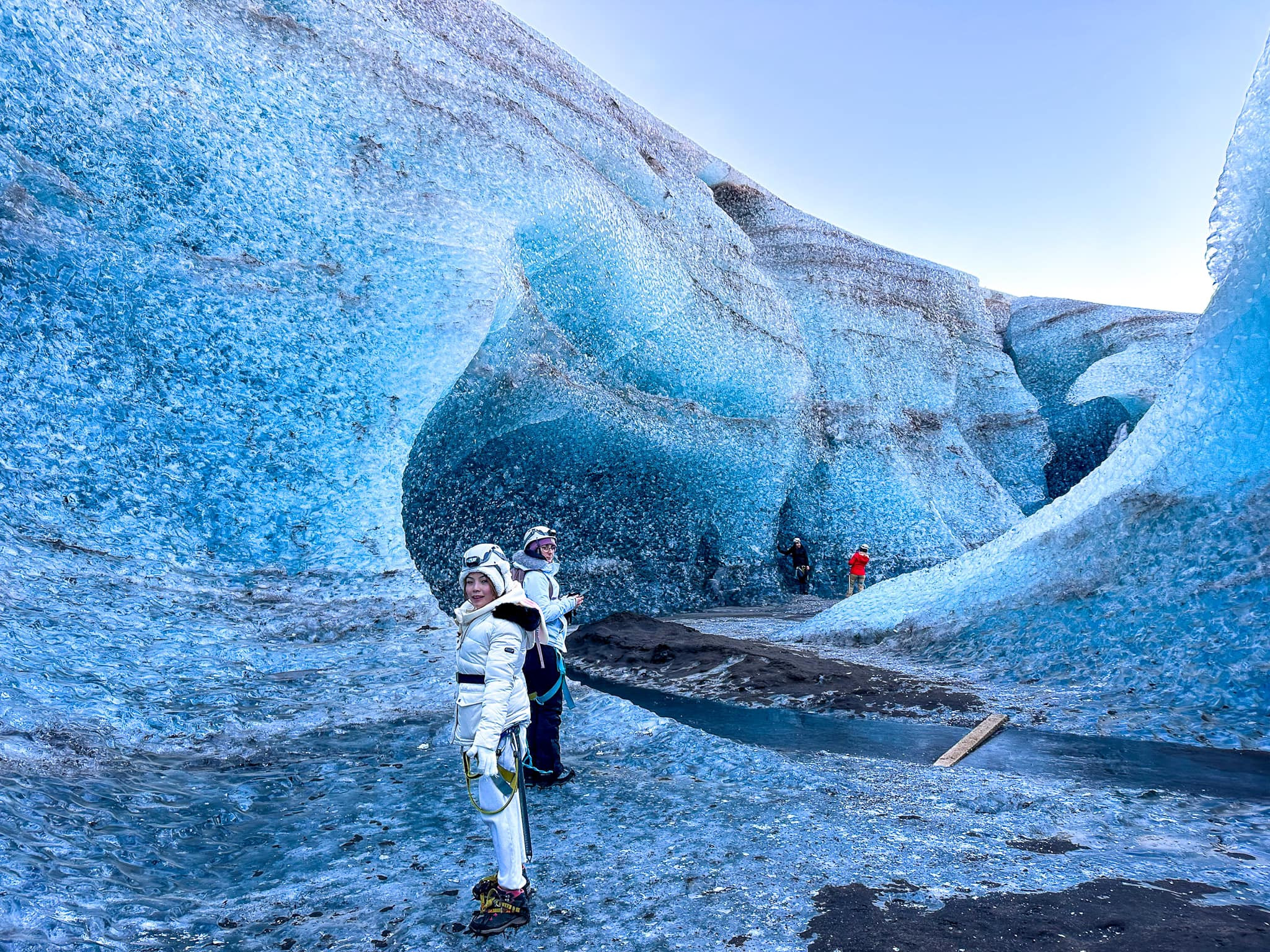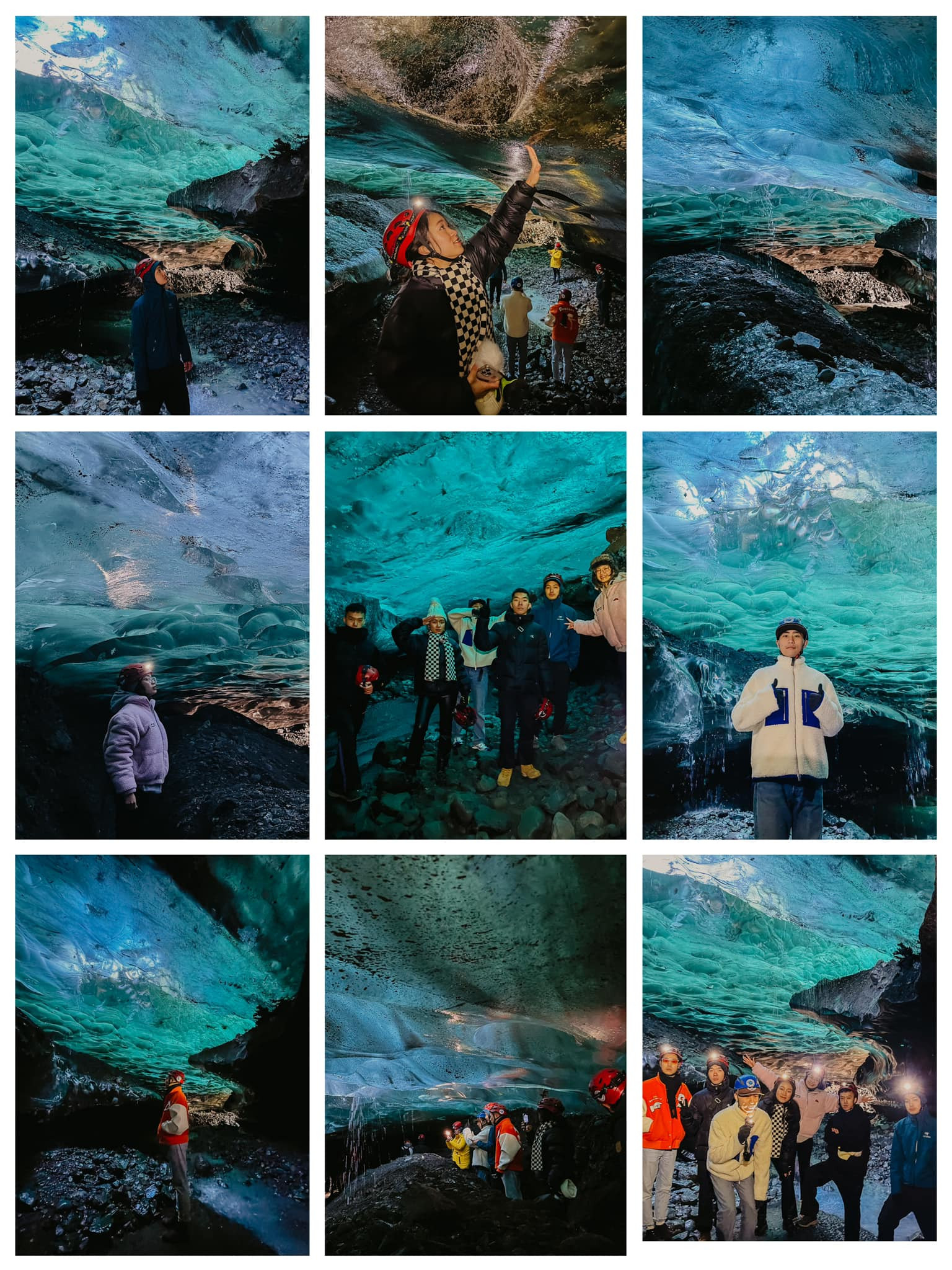Ice caves in Iceland are formed when water flowing through a glacier melts the ice and leaves a cave or passage in the glacier. The ice caves in Iceland are not only vast but also have magical colors, pure texture, and enchanting transparency. The special structure of the ice sheets above absorbs most colors of light, except blue. That is what makes the cave have a charming turquoise color.
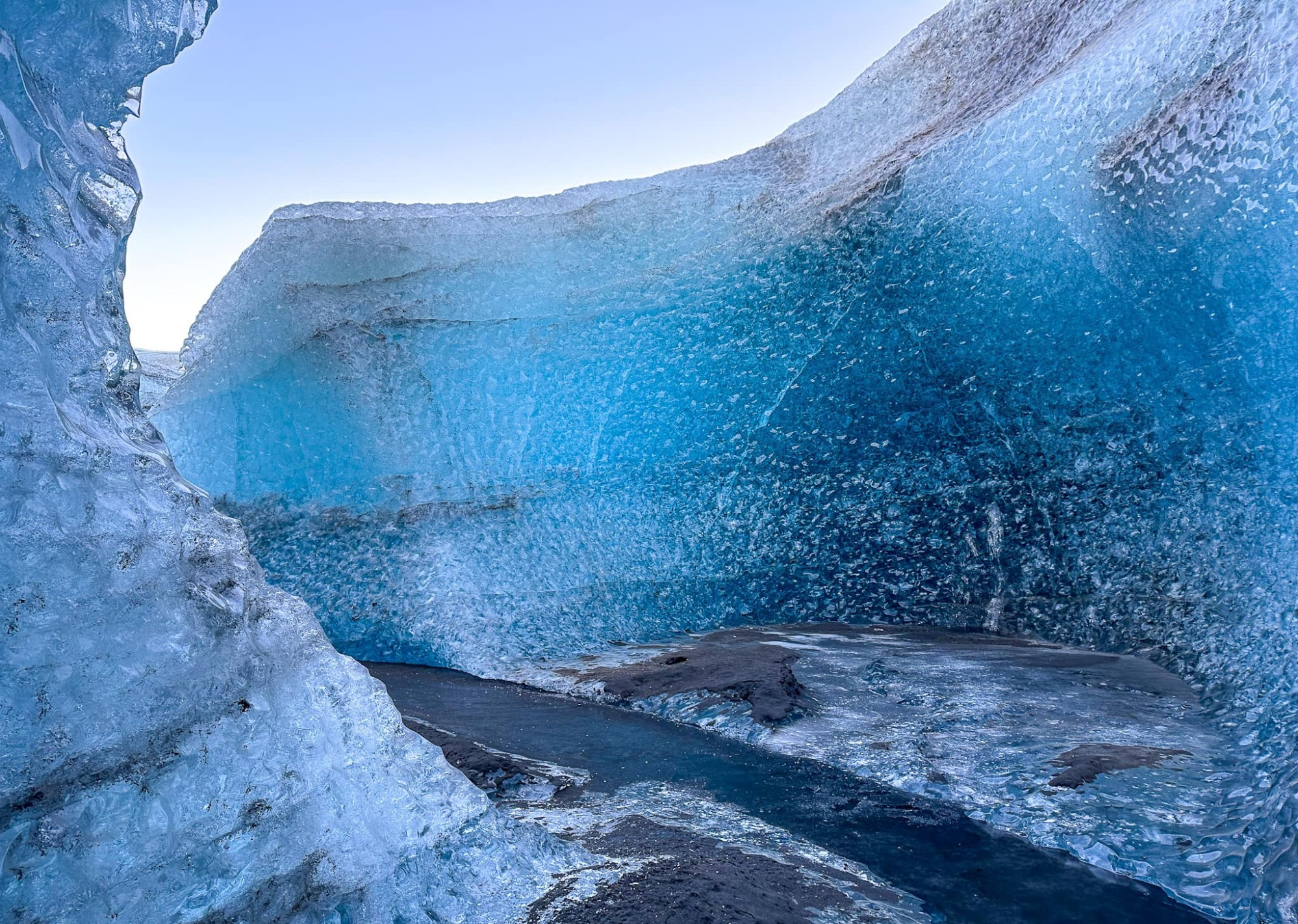
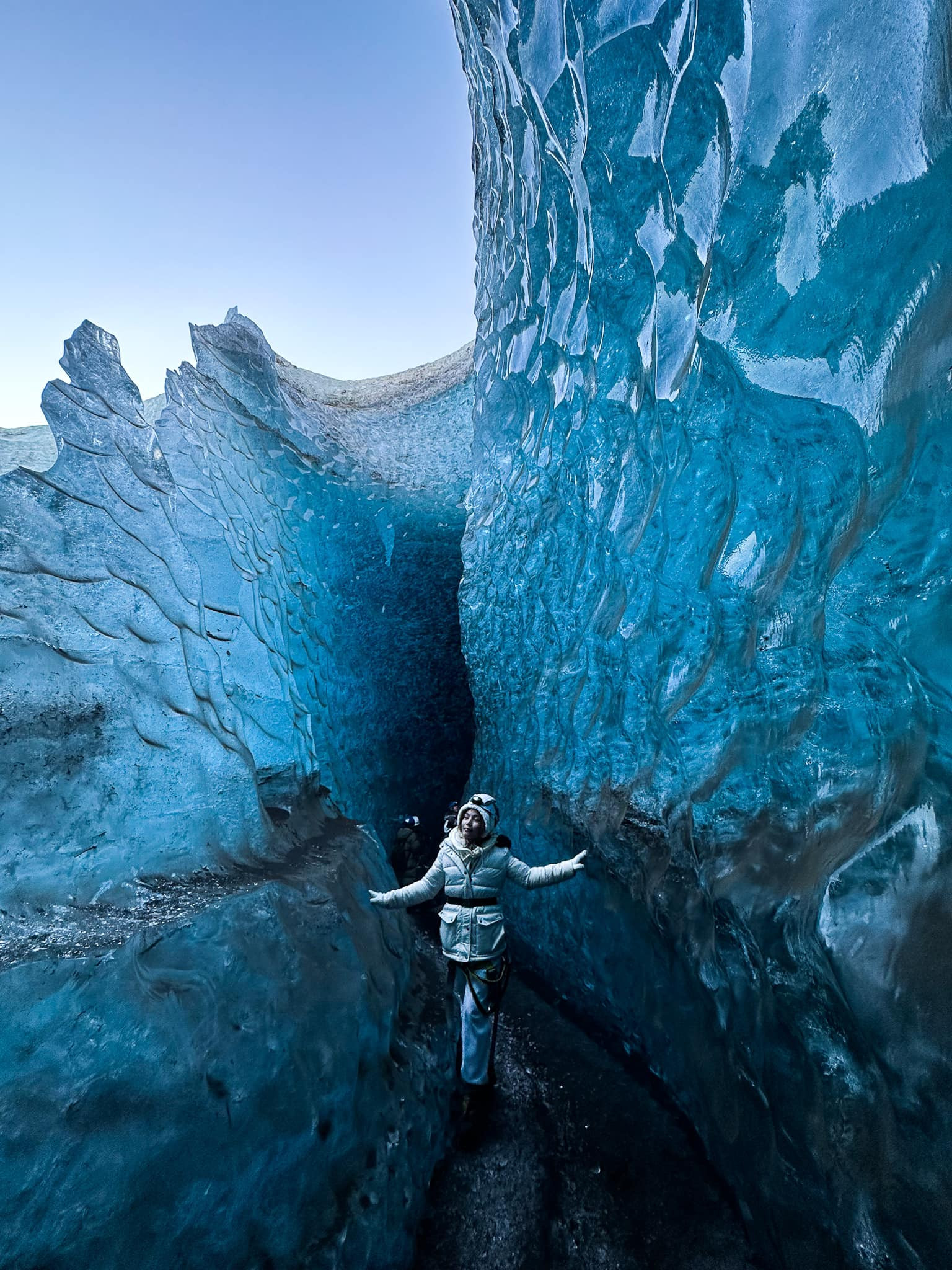
The Blue Ice Cave can only be visited on extremely cold days. At this time, the low temperature makes the ice become more solid and sturdy, making it highly safe for tourists to visit. While traveling in the ice cave, visitors will hear cracking sounds due to the movements of the glacier.
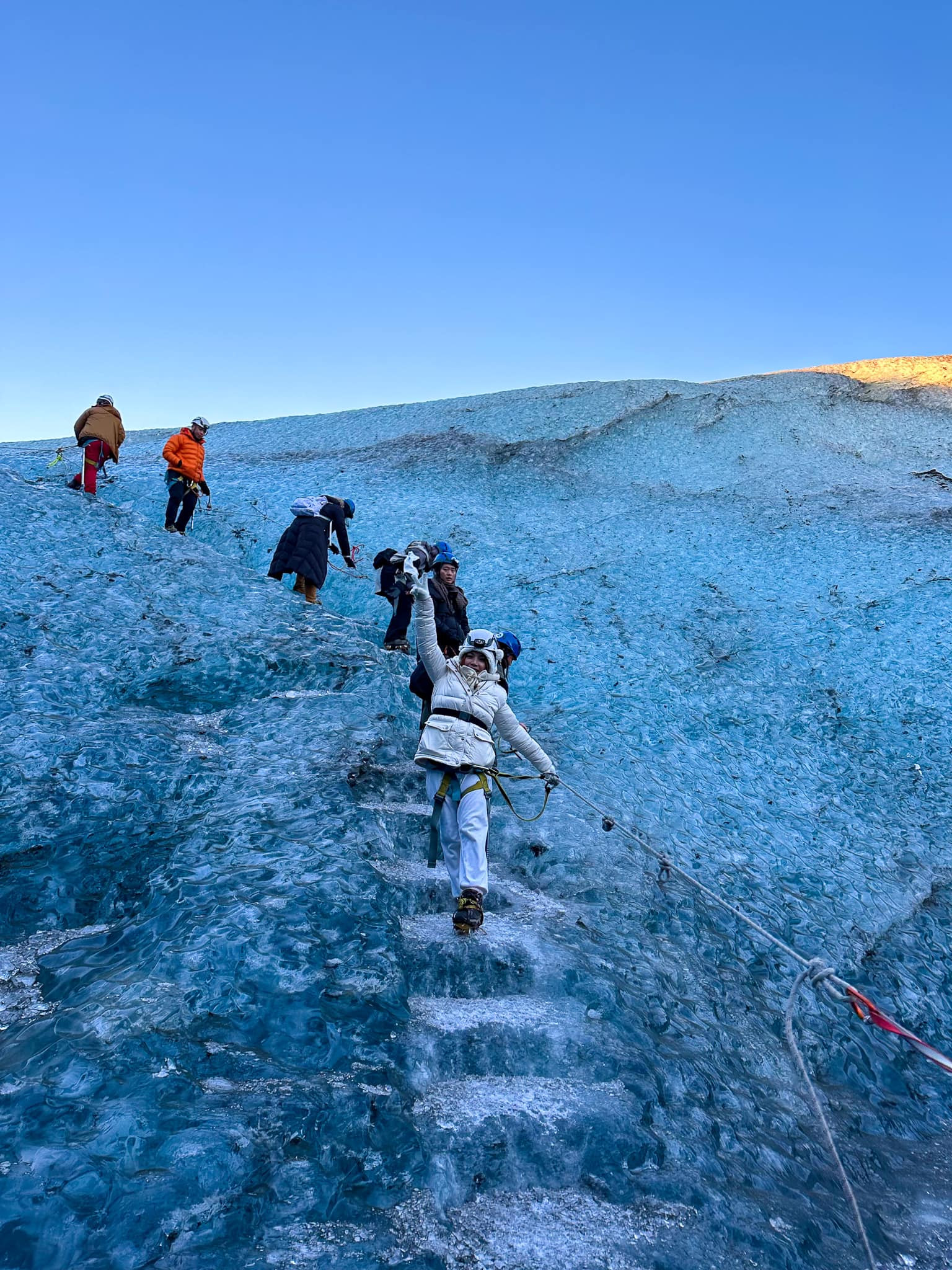
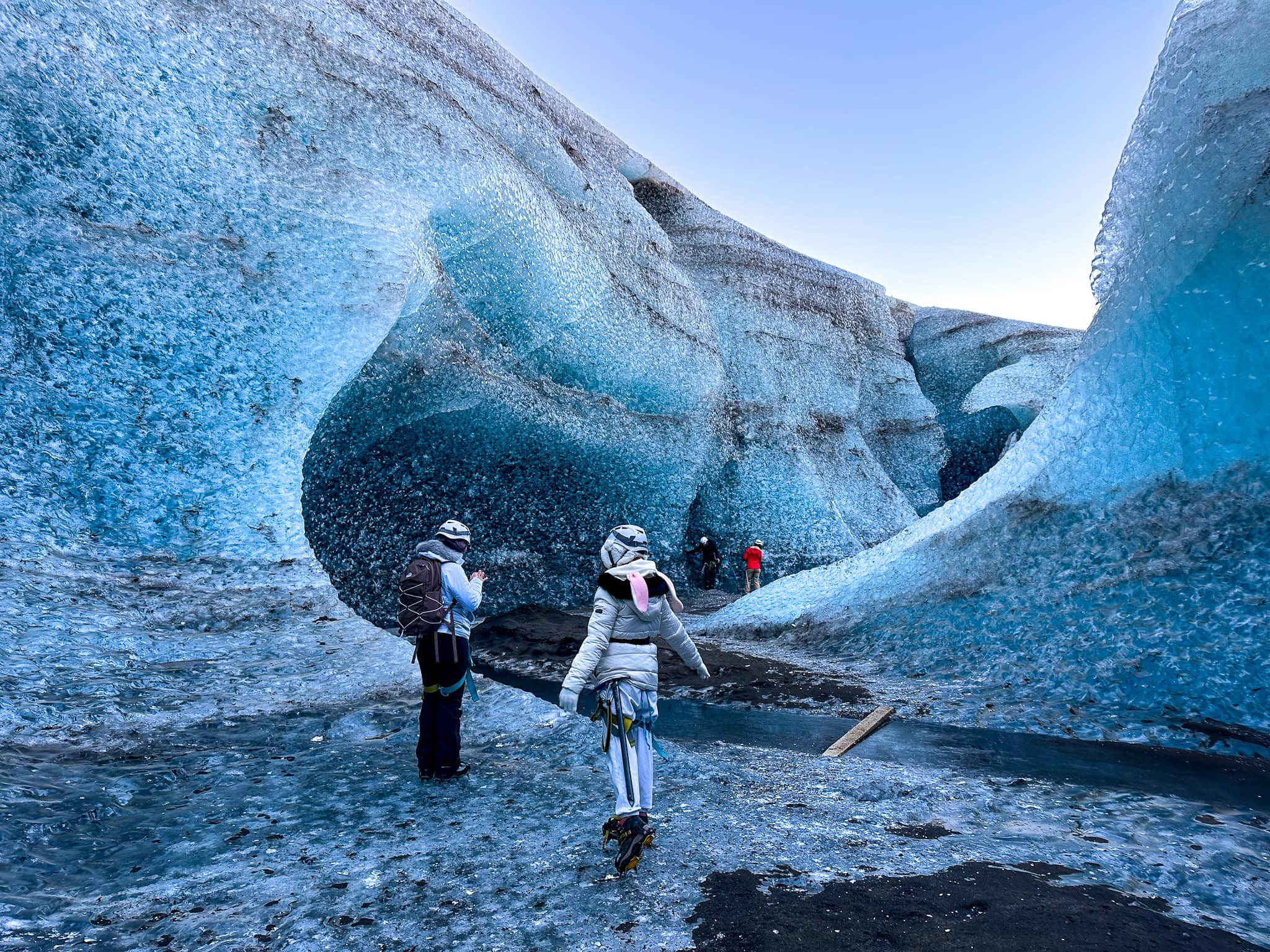
Some caves even have more than one entrance making them tunnel-like or shaped like regular caves. All ice caves have their own unique nooks and crannies, colors and characteristics.
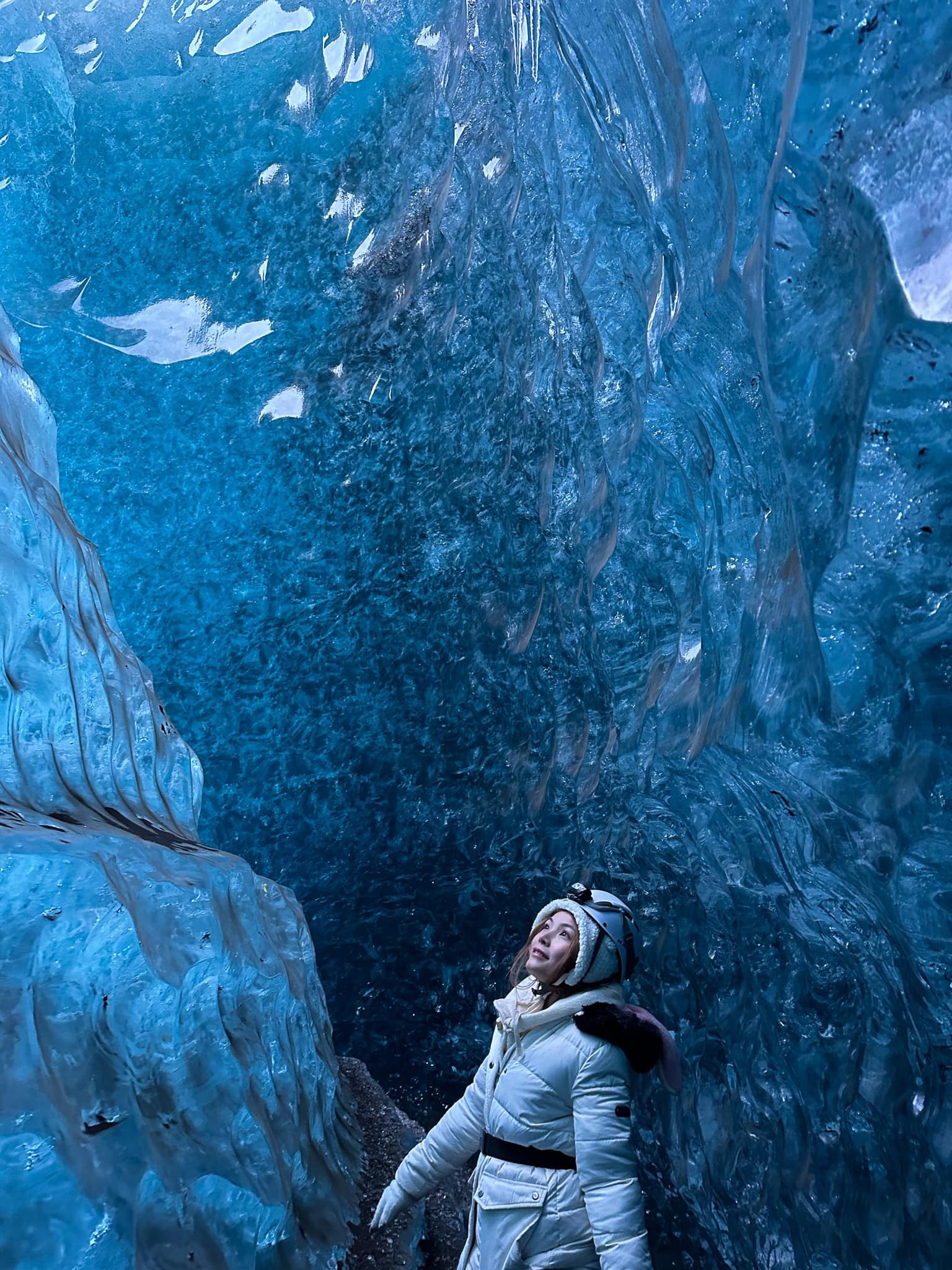
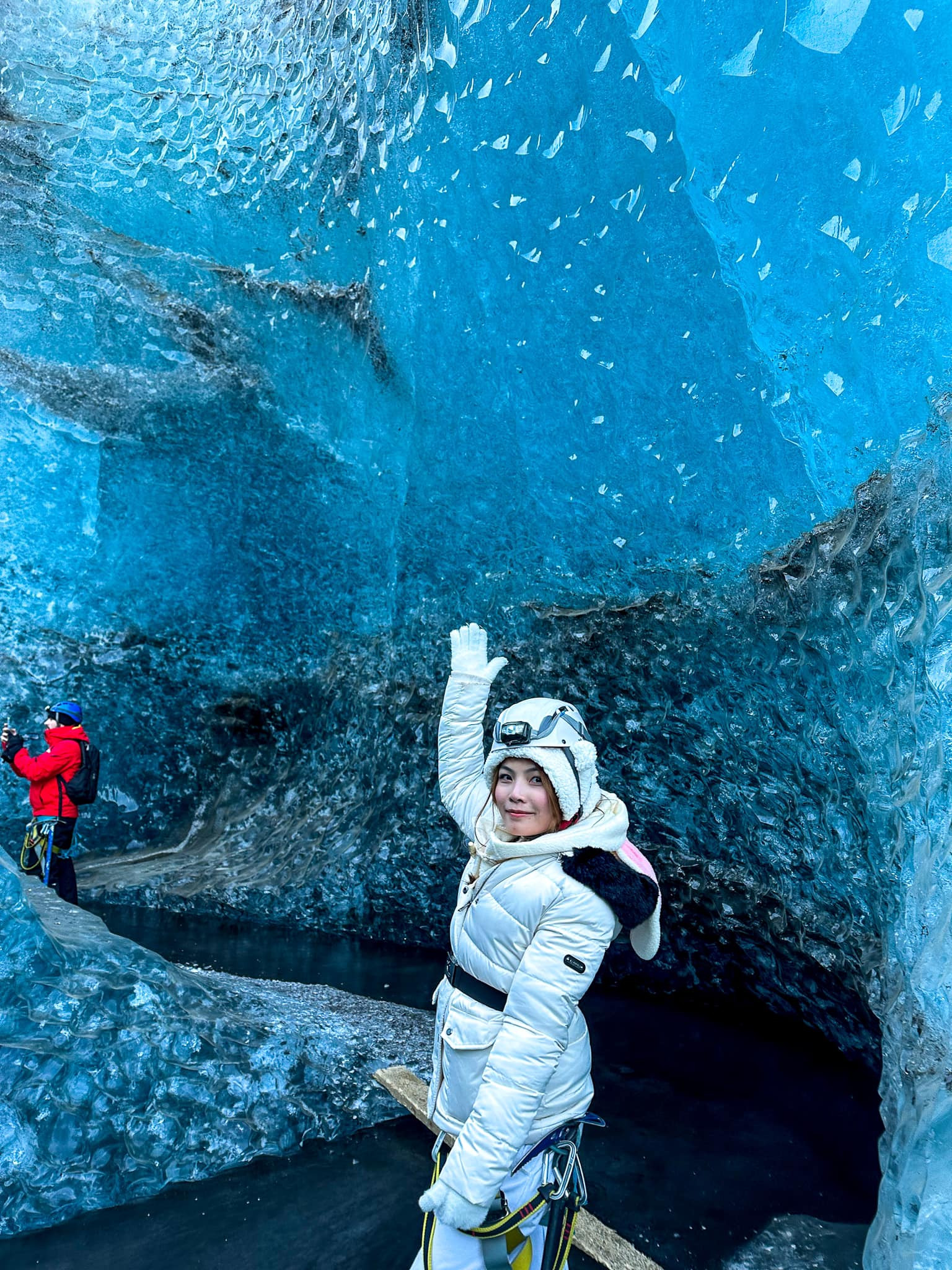
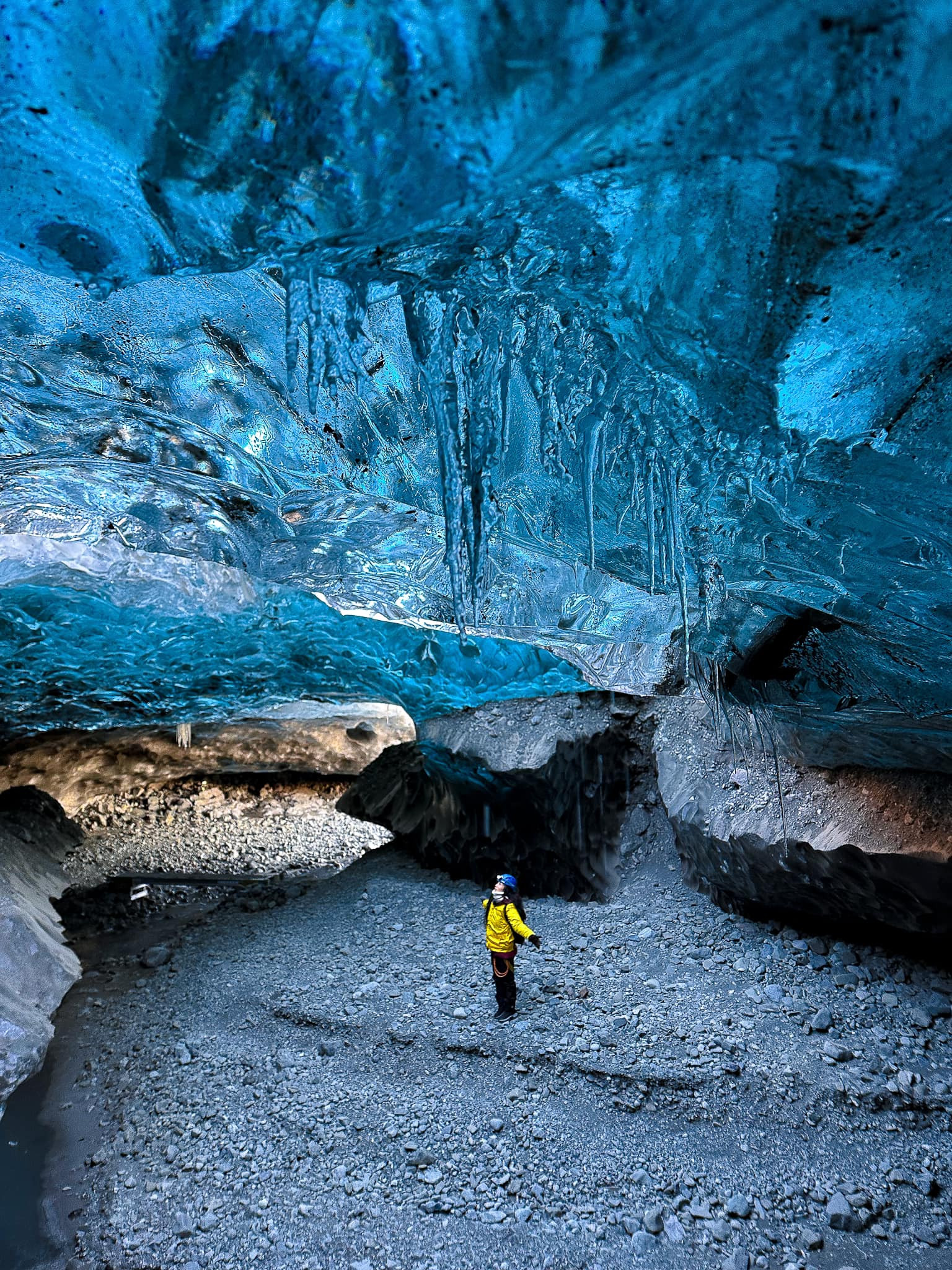
Vatnajökull is the largest glacier in Iceland, located in the southeast of the island, accounting for more than 8% of the country’s area. Stretching over 8 thousand square kilometers, Vatnajökull glacier has many large and small caves with thick walls and secret tunnels.
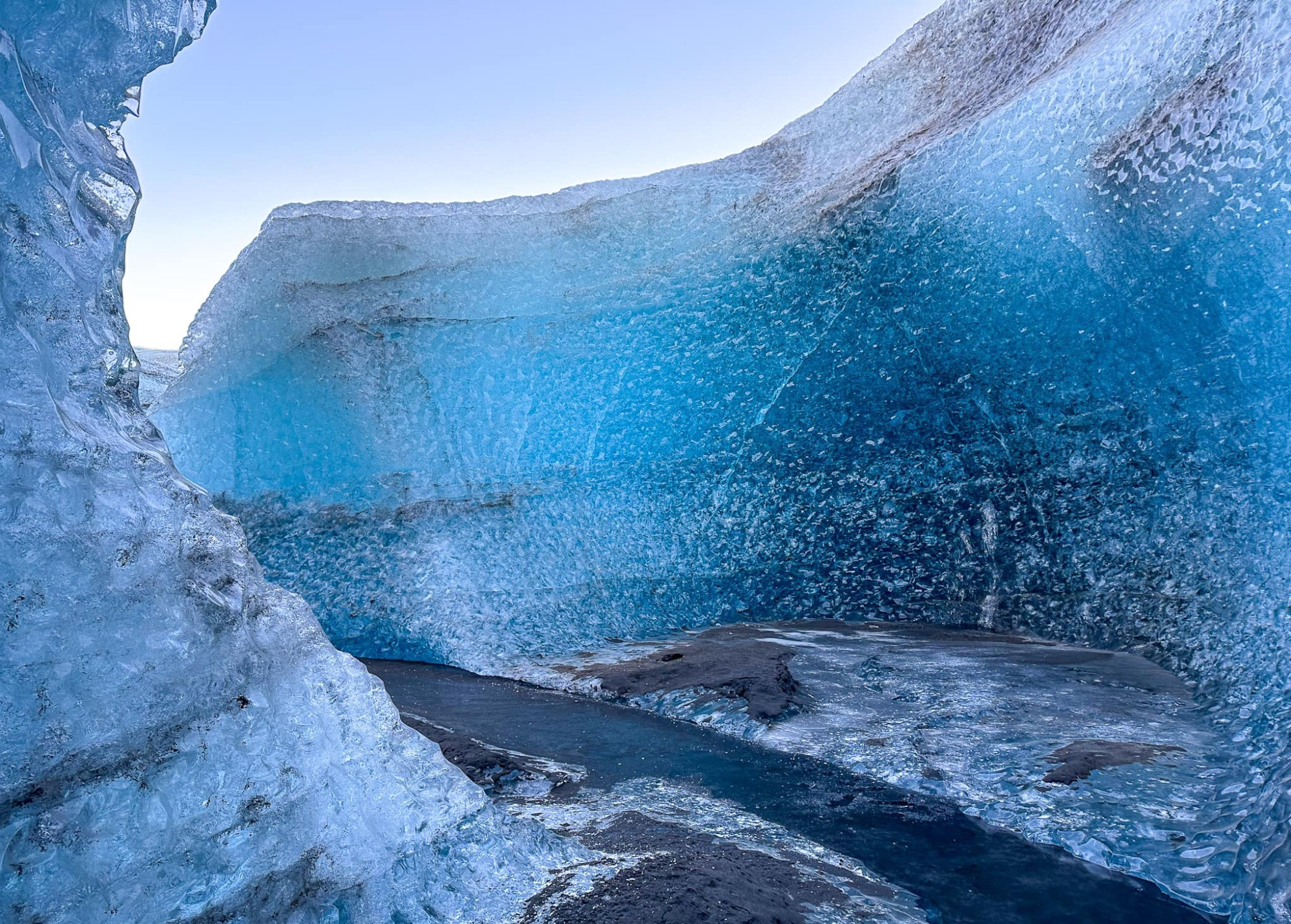
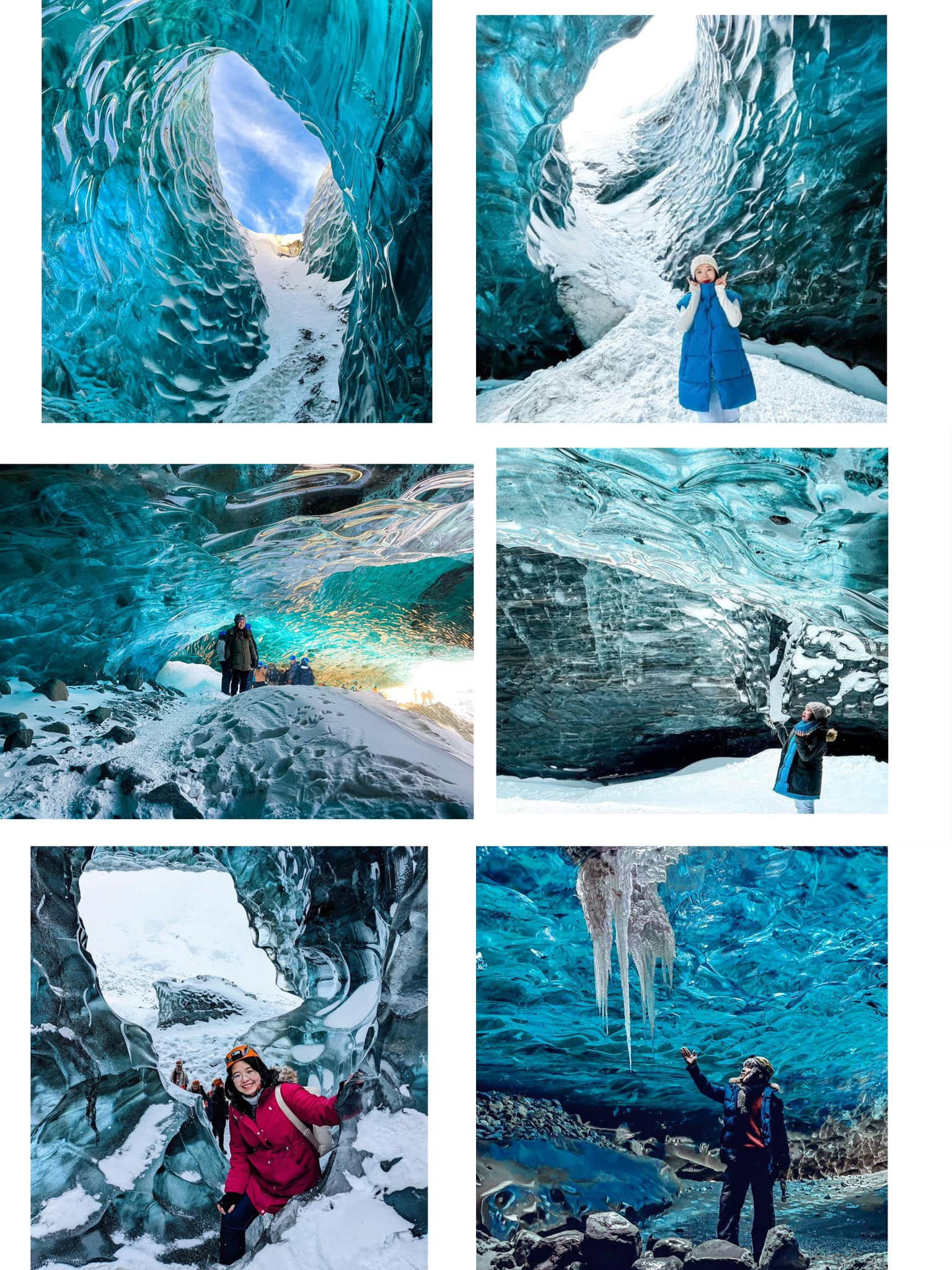
The ice cave is more than 100 meters deep and surrounded by rippling ice walls. When entering the cave, visitors will be fascinated by sparkling blue, silver and sometimes pearl-colored lights. Ice blocks form unique architectural structures with curving, towering and enchanting shapes. Visitors can also observe the glacier winding smoothly through the cave.
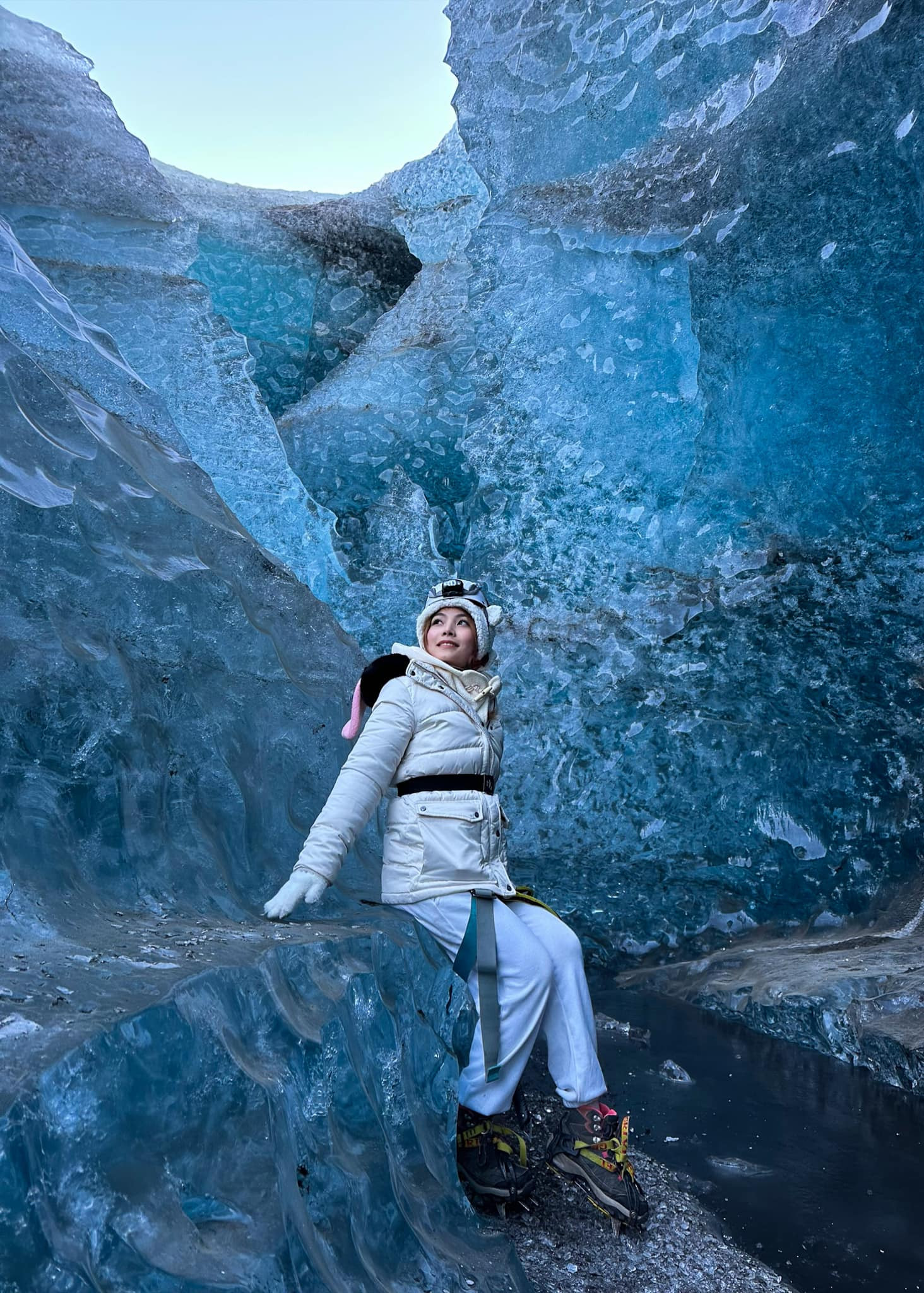
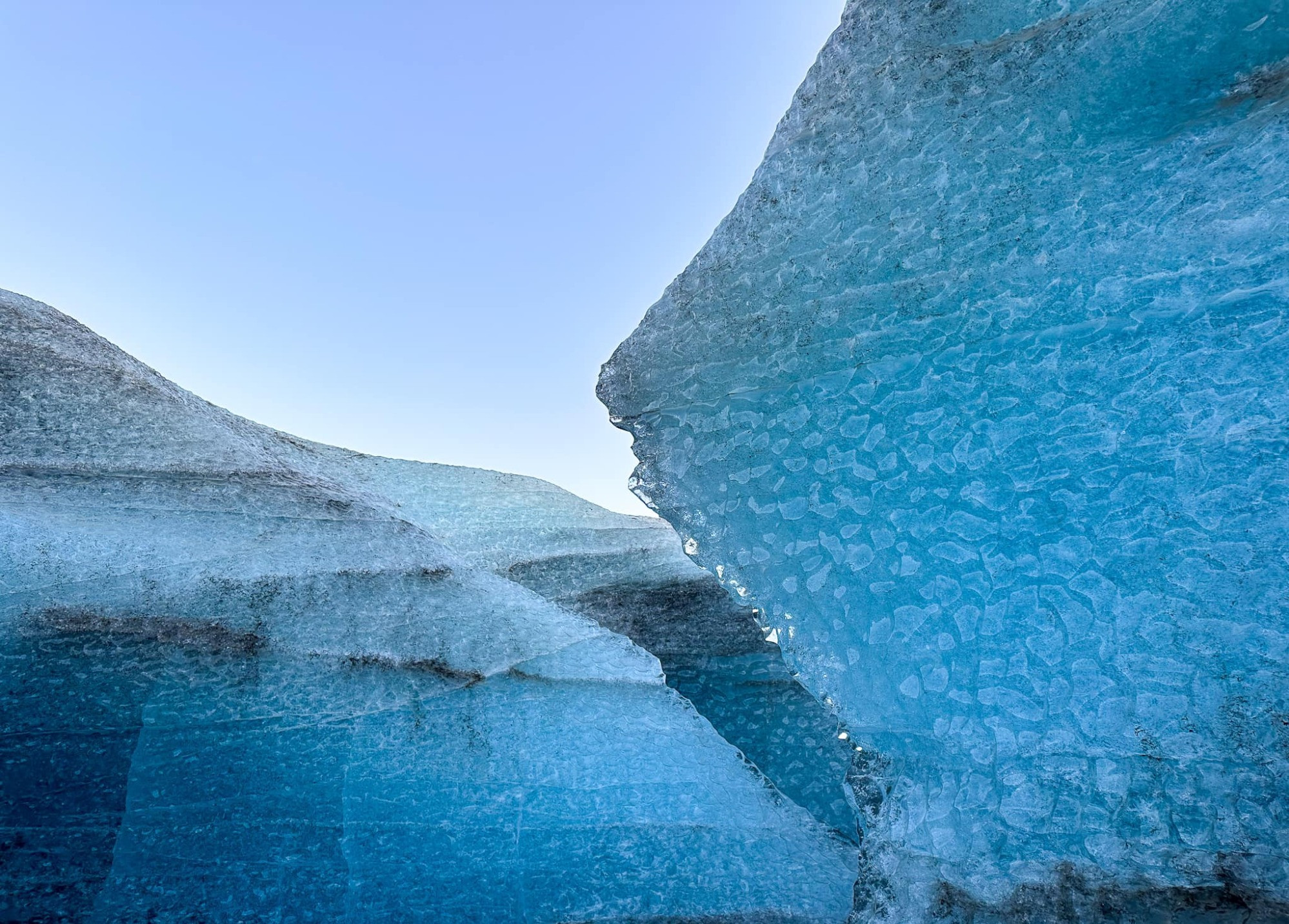
Admiring this beautiful landscape will make visitors feel like they are lost in a fairyland.
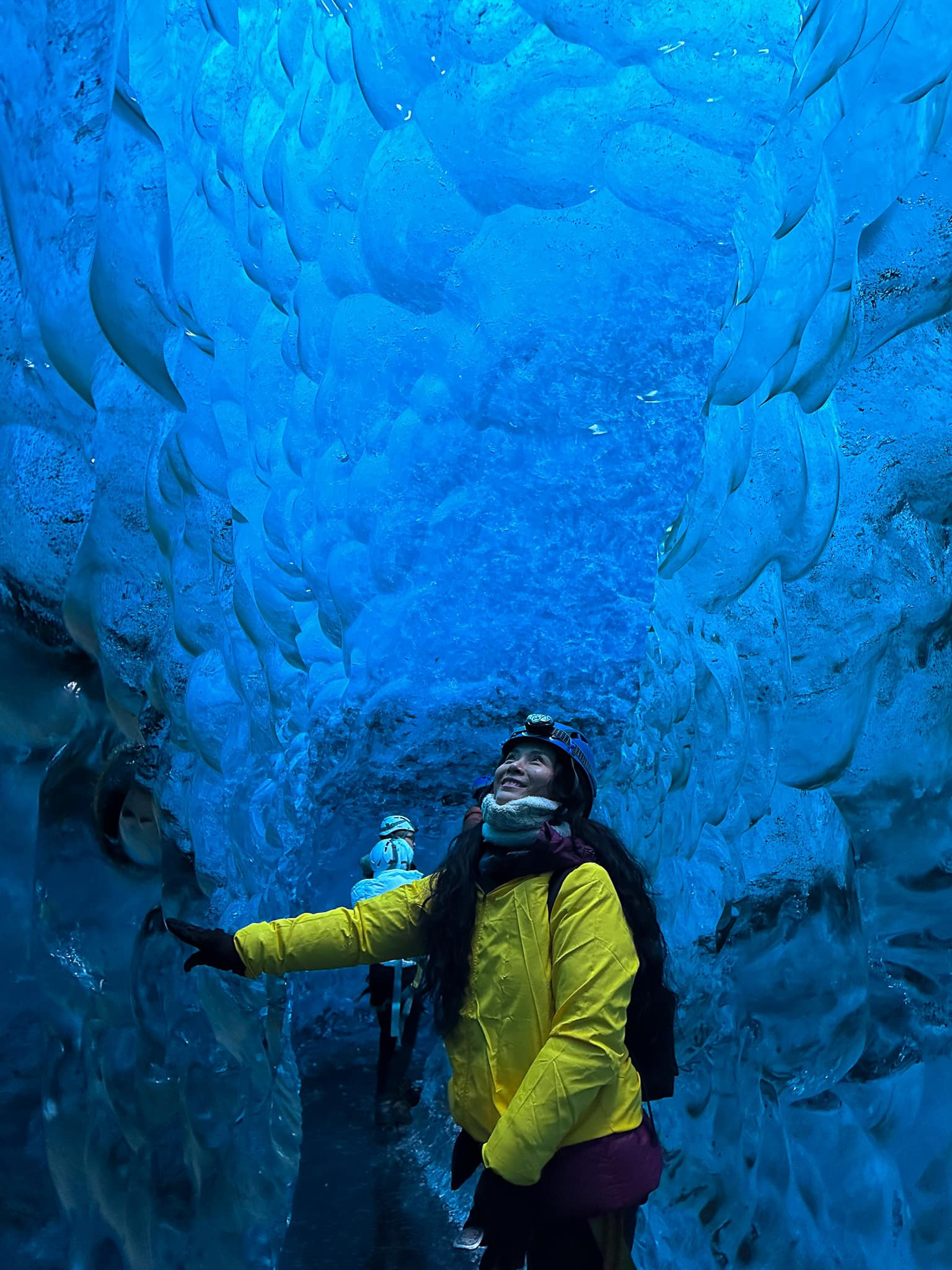
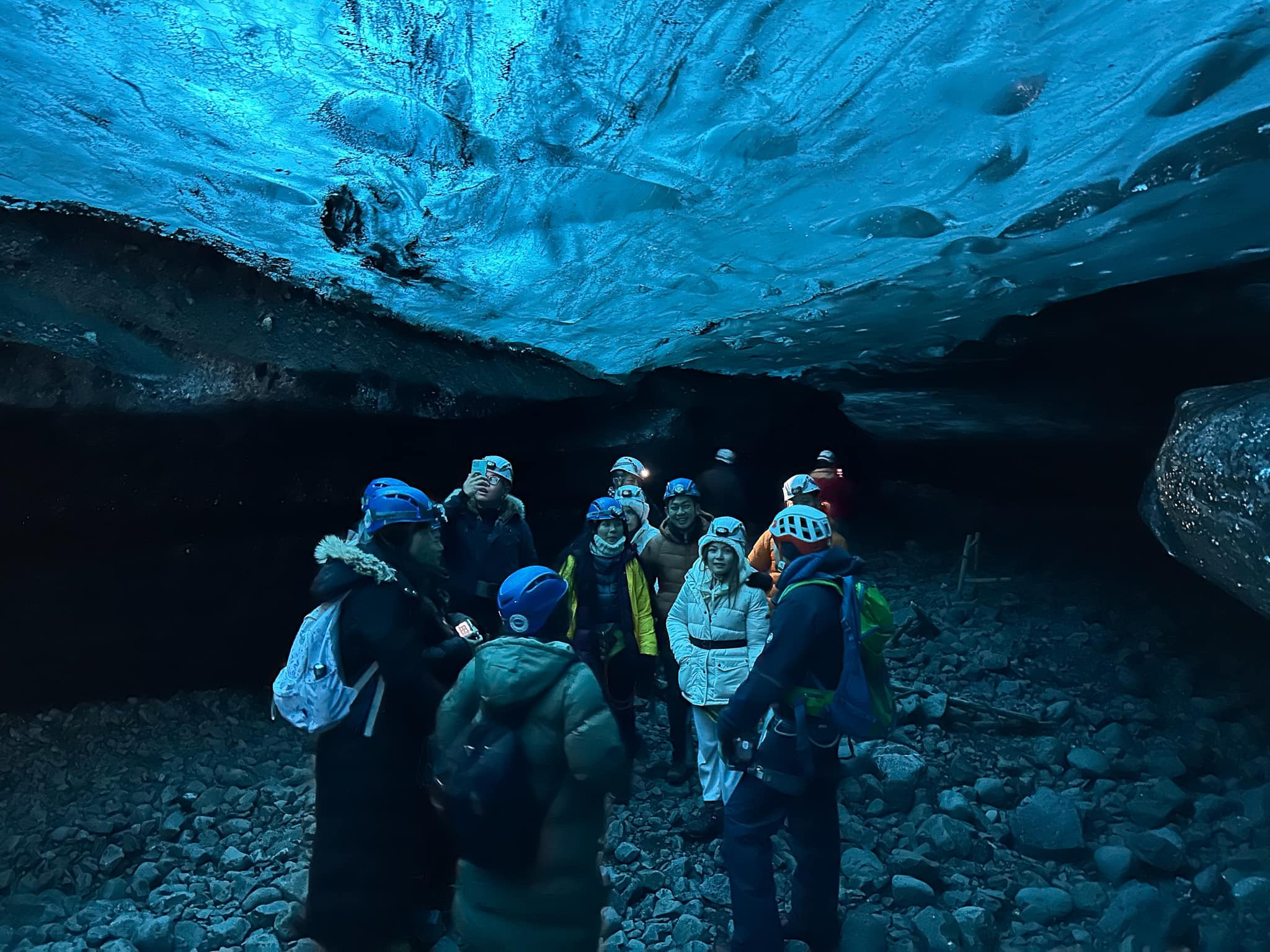
During winter, when an ice cave is stable and safe there will still be some changes, beautiful ice walls appear and they continuously grow. Cold weather will cause the ice to harden and shrink, while warm weather will cause the snow and ice on the surface to melt a bit. These changes make the caves more beautiful and interesting.
“If you travel to Iceland in winter, the blue ice cave is something you can’t miss. There may be thousands of ice caves in Iceland, but most of them cannot be visited due to their location or the unsafe conditions in and around the ice caves. Every year experts have to find new caves because the ice melts quickly, which means each ice cave is unique,” shared Mr. Kevin Phan, a tour guide in Iceland.
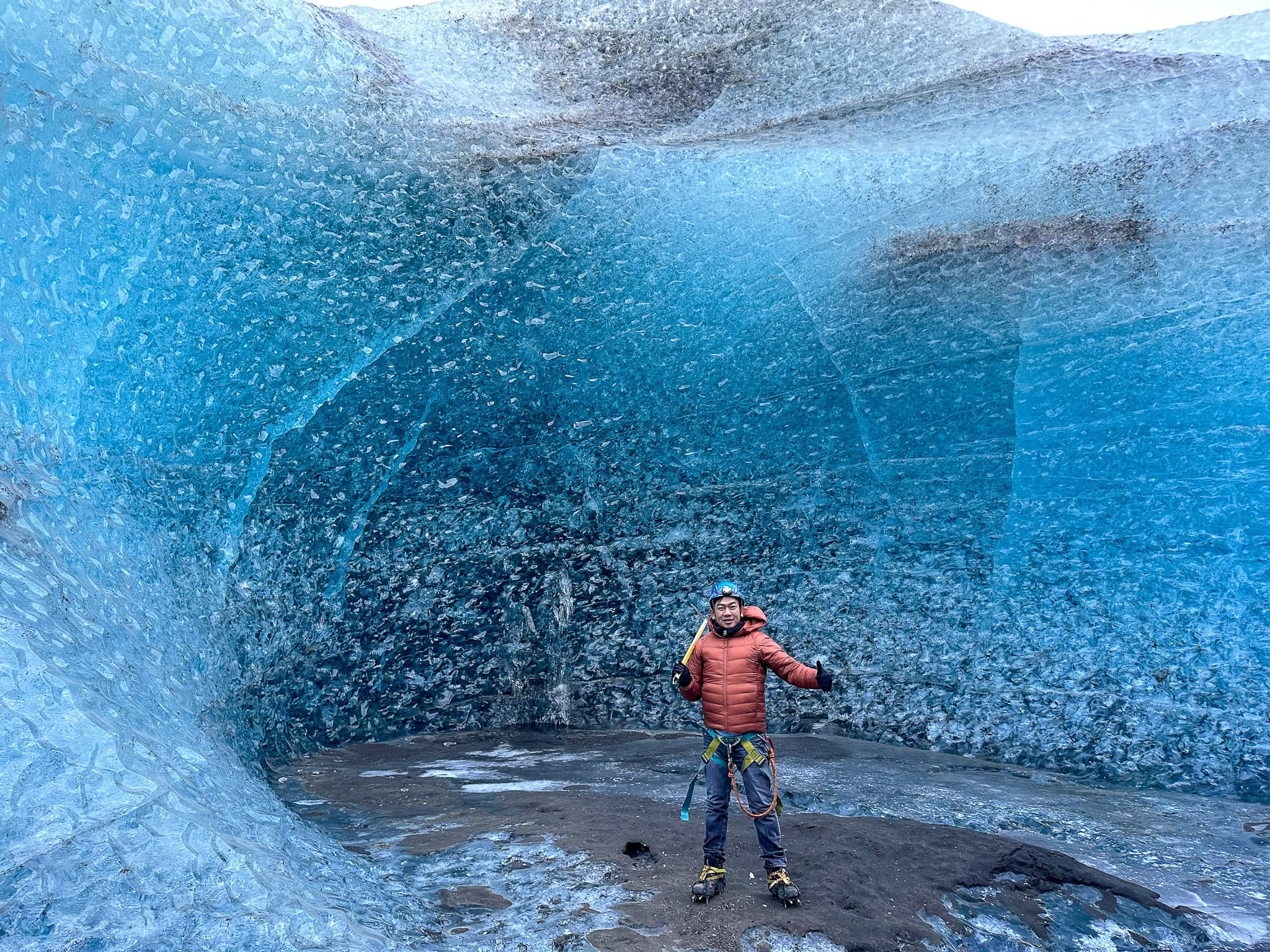
When visiting the ice cave, visitors should prepare warm clothes carefully. The cold here is an indispensable part of the journey to explore the Vatnajökull glacier.
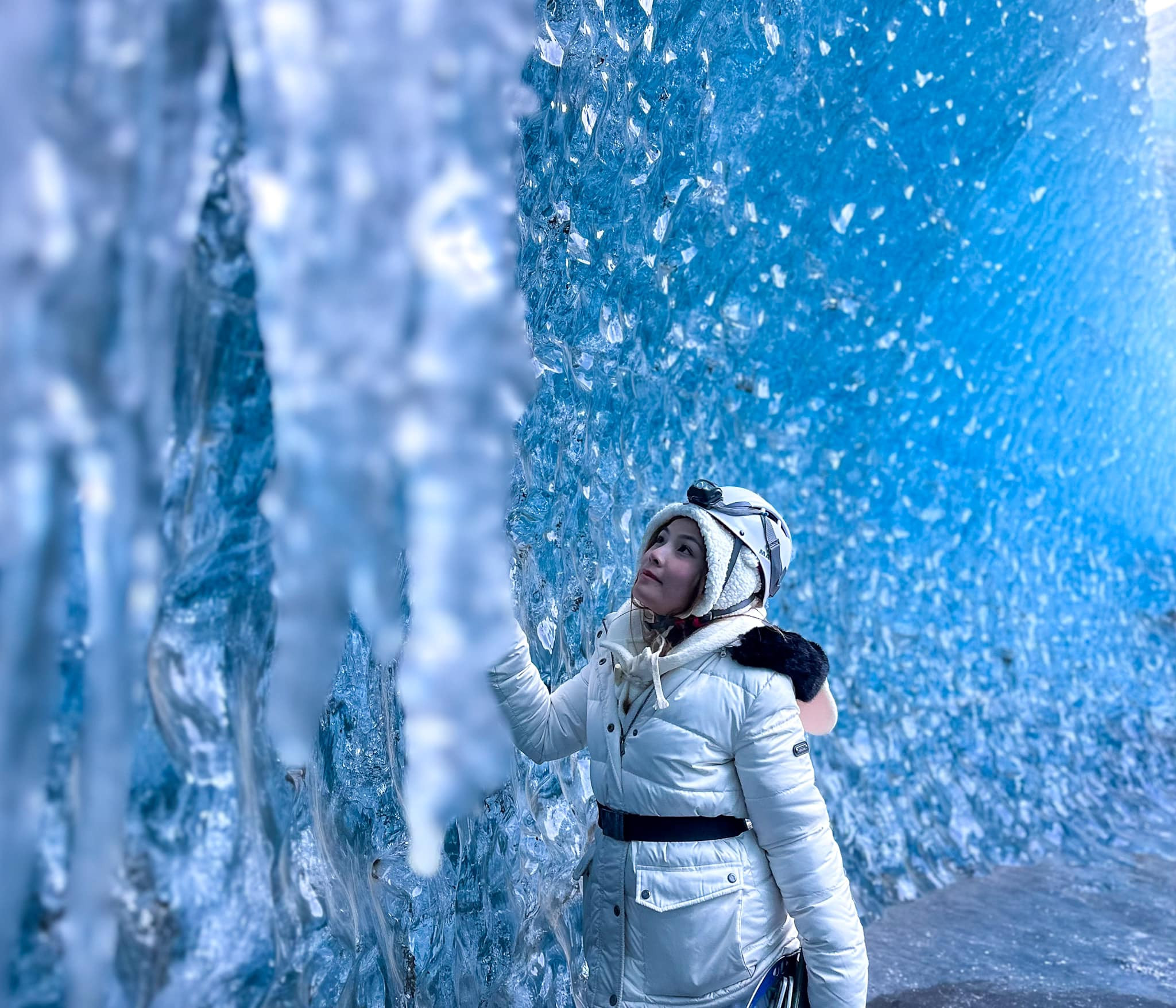
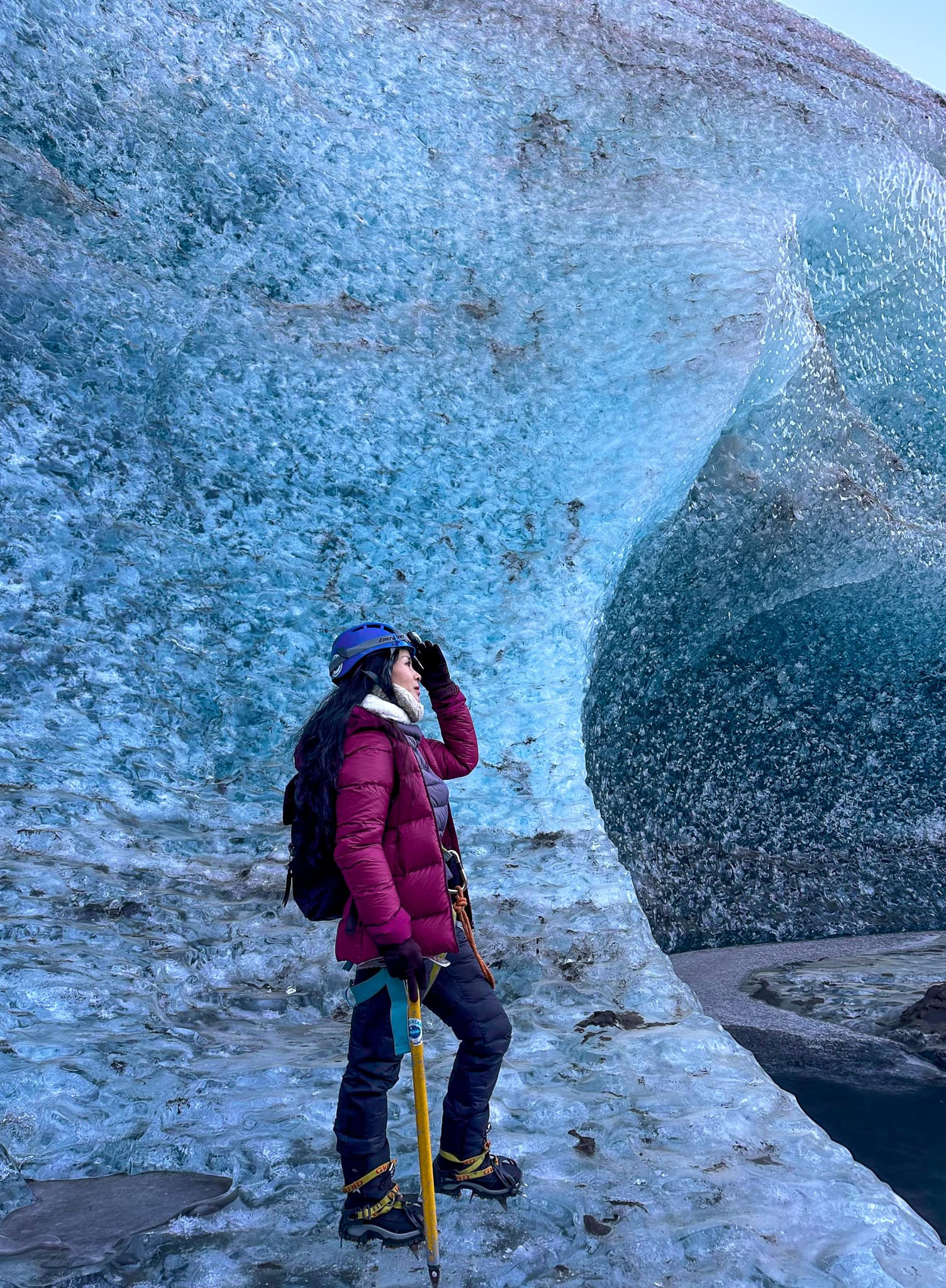
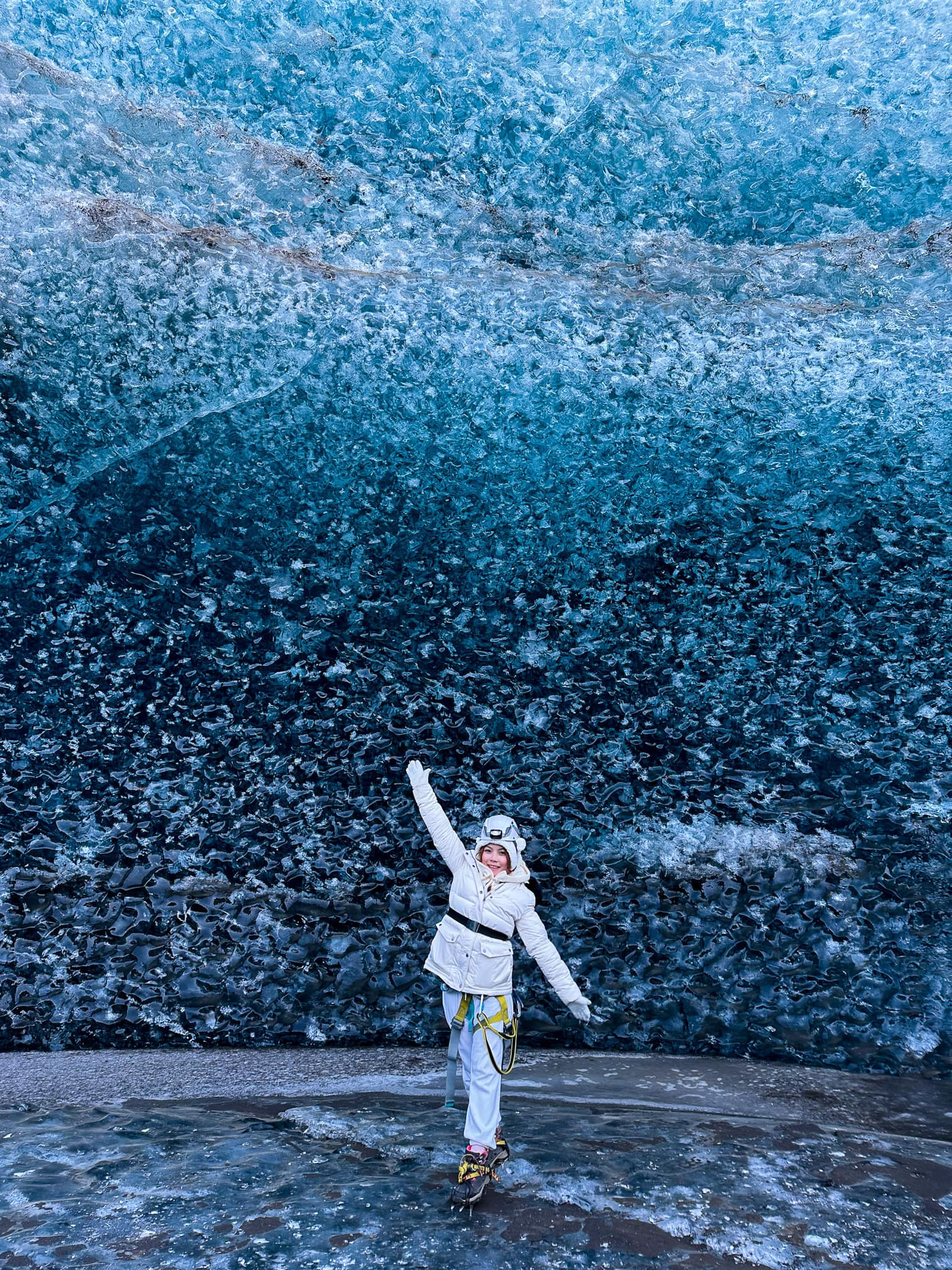
Visiting ice caves in Iceland is an unforgettable experience and cave tours are usually organized from October to March. Some other famous ice cave destinations that tourists should visit are: Iceland is Langjökull, Mýrdalsjökull.
